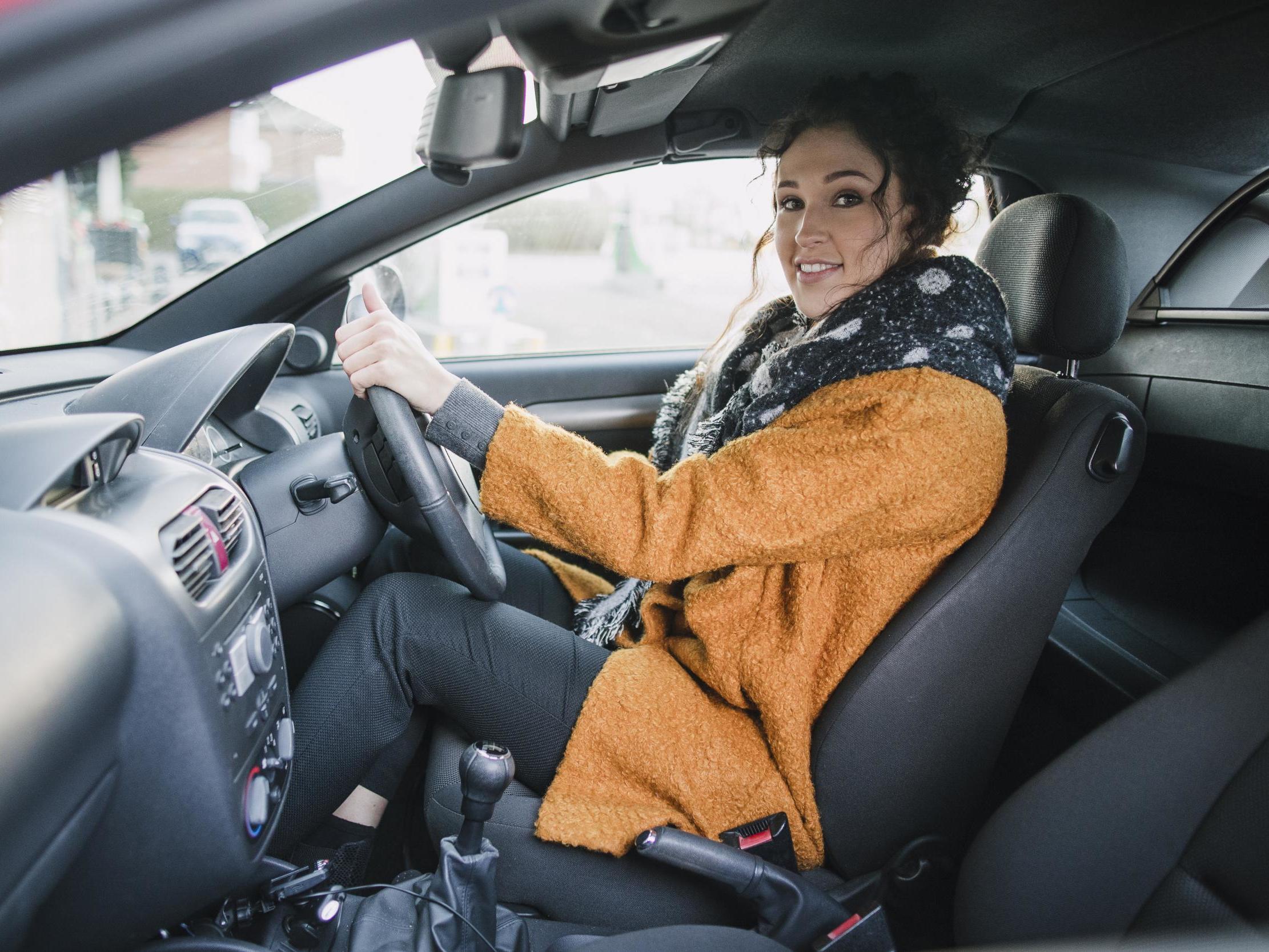This website uses cookies so that we can provide you with the best user experience possible. Cookie information is stored in your browser and performs functions such as recognising you when you return to our website and helping our team to understand which sections of the website you find most interesting and useful.

Driving theory tests in the UK are to be overhauled in a bid to make them more accessible to people with reading difficulties and other disabilities.
The Driver and Vehicle Standards Agency (DVSA) announced that video clips will replace written on-screen questions in all theory tests from 14 April this year.
So instead of reading about a scenario and then being questioned on it, learner drivers will watch a 30-second clip and then be asked related questions.
For example, a scenario could show a car being driven in a busy town centre with questions on safe overtaking practice.
The change follows research that found learners with certain disabilities felt more comfortable with this type of question.
Existing support for learners with reading difficulties, disabilities or health conditions includes extra time to take the test and having someone to read and re-word questions for them if required.
DVSA chief driving examiner Mark Winn said: “Being able to drive can be life-changing and the DVSA is committed to helping everyone access the opportunities driving can offer.
“We have worked closely with road safety experts and learners to create a theory test which fully tests a candidate’s knowledge of the rules of the road and is more accessible.”
The Department for Transport - which oversees driving license applications - launched its inclusive transport strategy in July 2018 alongside the National Autistic Society, the British Dyslexia Association and the British Deaf Association.
John Rogers, of Disability Driving Instructors, said: “A picture paints a thousand words, especially for candidates with special educational needs.
Created with Sketch.
Created with Sketch.
1/12
A child living on the Autism spectrum rides a wave in the ocean at Muizenberg beach, Cape Town, South Africa. Waves for Change is an organisation that uses surfing as a form of therapy to help children who are on the autism spectrum
Photos EPA
2/12
A girl interacts in a special sensory room. One out of every 59 children globally are diagnosed with some form of autism, and those affected often suffer from social anxiety and isolation
EPA
3/12
A boy living on the Autism spectrum interacts with his reflection in a microwave oven in the kitchen of his home in Khayelitsha
EPA
4/12
A child in the ocean during a session at Muizenberg beach
EPA
5/12
A girl plays outside her home in Mitchells Plain
EPA
6/12
A Waves For Change surf coach teaches children
EPA
7/12
A boy immerses himself in a bath filled with coloured plastic balls in a special sensory room at the Autism unit of Beacon school in Mitchells Plain
EPA
8/12
A boy holds his hand over his ear to reduce noise as he sits in the corner of a class at the Autism unit of Noluthando school
EPA
9/12
A Waves For Change surf coach guides a child in the waves
EPA
10/12
Children interact in a special sensory room
EPA
11/12
A Waves For Change surf coach teaches a child how to surf
EPA
12/12
A girl living on the Autism spectrum looks out the window of her home whilst eating breakfast in Mitchells Plain
EPA
1/12
A child living on the Autism spectrum rides a wave in the ocean at Muizenberg beach, Cape Town, South Africa. Waves for Change is an organisation that uses surfing as a form of therapy to help children who are on the autism spectrum
Photos EPA
2/12
A girl interacts in a special sensory room. One out of every 59 children globally are diagnosed with some form of autism, and those affected often suffer from social anxiety and isolation
EPA
3/12
A boy living on the Autism spectrum interacts with his reflection in a microwave oven in the kitchen of his home in Khayelitsha
EPA
4/12
A child in the ocean during a session at Muizenberg beach
EPA
5/12
A girl plays outside her home in Mitchells Plain
EPA
6/12
A Waves For Change surf coach teaches children
EPA
7/12
A boy immerses himself in a bath filled with coloured plastic balls in a special sensory room at the Autism unit of Beacon school in Mitchells Plain
EPA
8/12
A boy holds his hand over his ear to reduce noise as he sits in the corner of a class at the Autism unit of Noluthando school
EPA
9/12
A Waves For Change surf coach guides a child in the waves
EPA
10/12
Children interact in a special sensory room
EPA
11/12
A Waves For Change surf coach teaches a child how to surf
EPA
12/12
A girl living on the Autism spectrum looks out the window of her home whilst eating breakfast in Mitchells Plain
EPA
“Having to go back and forth between the text in the written scenario and the written questions and answers was a big obstacle to understanding what was required.
“Video scenarios should prove much easier to follow and the questions will hopefully appear more relevant.”
Some 17 million theory tests have been conducted in the UK over the past 10 years. The exam involves 50 multiple-choice questions and a hazard perception test.
Both sections must be passed before a learner can book a practical test.
A series of changes to the practical test in Britain came into force in December 2017; they included following instructions from a satnav, a period of independent driving doubled to 20 minutes, and a refreshed selection of manoeuvres.



 Africana55 Radio
Africana55 Radio 

